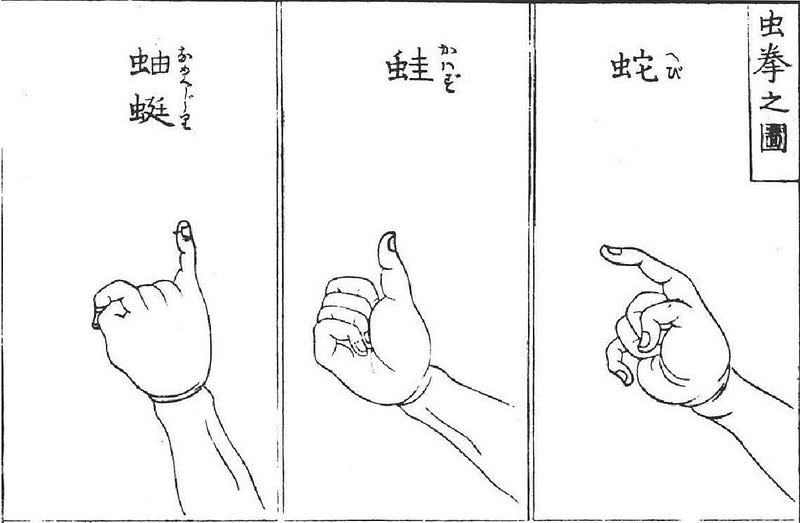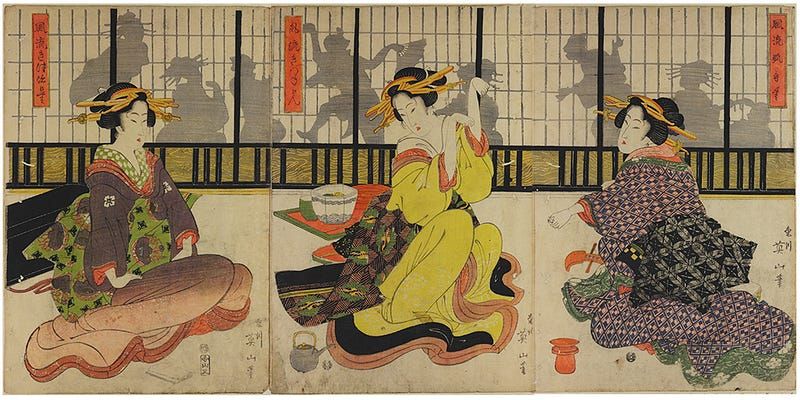
How rock paper scissors is played around Asia
We all know the rules of rock paper scissors (RPS). Paper wins rock, rock wins scissors, and scissors wins paper. There’s even an…
We all know the rules of rock paper scissors (RPS). Paper wins rock, rock wins scissors, and scissors wins paper. There’s even an association dedicated to RPS, which K-pop superstars BTS are the official ambassadors of. But did you know that other variations of RPS exist in Asia?
China
The origin of the game dates back to the Han Dynasty (206 BC-220 AD). Known as shǒu shì lìng (手势令), or ‘hand command’, it was intended as a drinking game. RPS really is child’s play in comparison. Instead of having a three-finger gesture, the player can use all of his fingers, knuckle, and even his wrist! Although we don’t know how it was played, the gestures suggest an elaborate game: five fingers represent a mountain peak, with your wrist as the river, pinky as a solider, and index finger as a spear.
Japan
The game then travelled to Japan, which became localised as ken. Similar to its predecessor, it was played over drinks.

Kitsune-ken (fox-fist) was a popular variation of the ken games. Widely known in Japanese folklore, the kitsune is a willy creature with supernatural power. Similar to RPS’s three-finger gestures, we have the fox bewitching the village head, which in turn bosses the hunter, who then shoots the fox.


